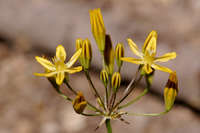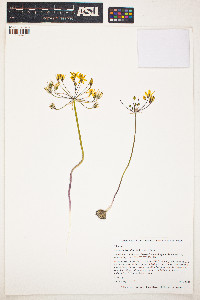- Home
- Search
- Images
- Datasets
- Sample Use
- How to Cite
- Additional Information
- About NEON
- NEON Data Portal
- ASU Biocollections
- About Symbiota
|
|
|
|
Family: Asparagaceae
Cook's triteleia, more...
[Calliprora ixioides (Dryand. ex W.T.Aiton) Greene, more] |
|




